By Jonathan Whitcomb
We’ll get into the “Civil War pterodactyl” photo later, after taking that image in context with two sightings of apparent modern pterosaurs: one in the 20th century and the other in the 21st century. But even before getting into those two encounters with very large flying creatures, I submit the following:
Introduction
Over the last 19 years, I’ve spent well over 14,000 hours in my investigation of eyewitness reports of apparent living pterosaurs, including many aspects of how and where these flying creatures may live on this wonderful planet of life. During those two decades, I’ve encountered many skeptical remarks, and it seems that most of the critics appear to have given little thought to the possibility that not all species of “pterodactyls” are extinct.
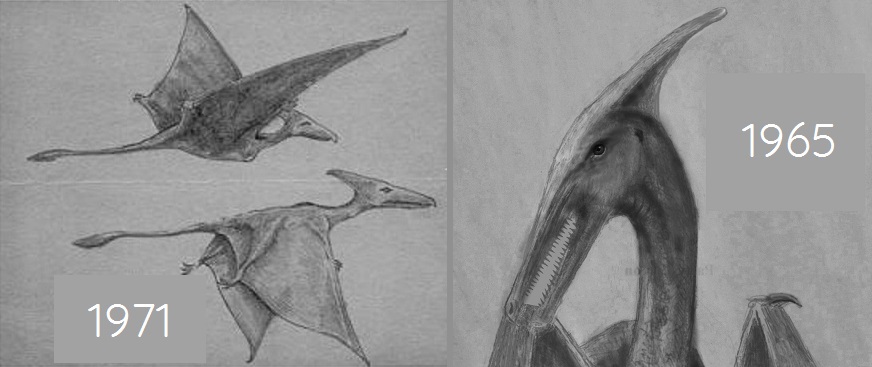 Two sightings in eastern Cuba: by Eskin Kuhn and Patty Carson
Two sightings in eastern Cuba: by Eskin Kuhn and Patty Carson
.
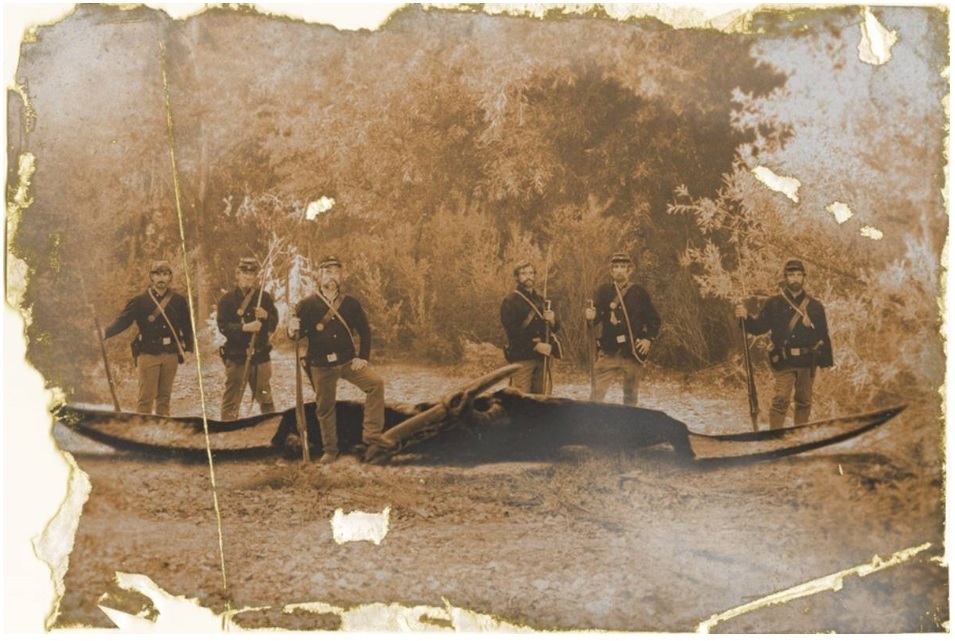
[We’ll get into the 19th century photo later in this post.]
I’ve discovered for myself, through eyewitness testimonies, that a number of species of these creatures live in many areas, probably on all continents except Antarctica. Unfortunately, many Westerners have not been informed of the many reports; others react by ridiculing the idea that “flying dinosaurs” might still fly.
I admit I’m human and have the same potential pitfalls that we all may fall into. Just like other people, I may be susceptible to confirmation bias: seriously considering only potential evidence that fits into one’s previous opinions. That is part of why I often use the phrase “apparent pterosaur” when referring to a particular sighting report from an eyewitness: I seriously want to be objective each time I examine an eyewitness testimony.
Yet it seems that some critics dismiss a sighting report after giving it six minutes of consideration at most. One critic might have some advantage over me: more education or native intelligence or perceptiveness, maybe. But take it in context: In relation to one such critic (spending six minutes on this topic), I have over 8 million times as much experience on the subject of the possibility that not all species of pterosaurs are extinct.
In mentioning all that, I do not mean to brag about myself or to imply that all of my work over the past two decades has been without mistakes or faults: I emphasize that some of my associates and I have spend a great deal of time in this narrow branch of cryptozoology, and the subject deserves public attention.
.

Sighting location of an apparent long-tailed pterodactyl in Irvine, CA
In 2007, a businessman encountered a gigantic pterosaur as it flew in front of his car in Irvine, California, near the university, according to what he reported to me. The tail alone was about 15 feet long, and the flying creature was flying not far above the road where the man was driving. Much of this area is part of a wildlife refuge.
After he contacted me, I drove to that location in Orange County and measured the width of the road, for he said that the total length of the creature was equal to that road width. I paced it off: 30 feet.
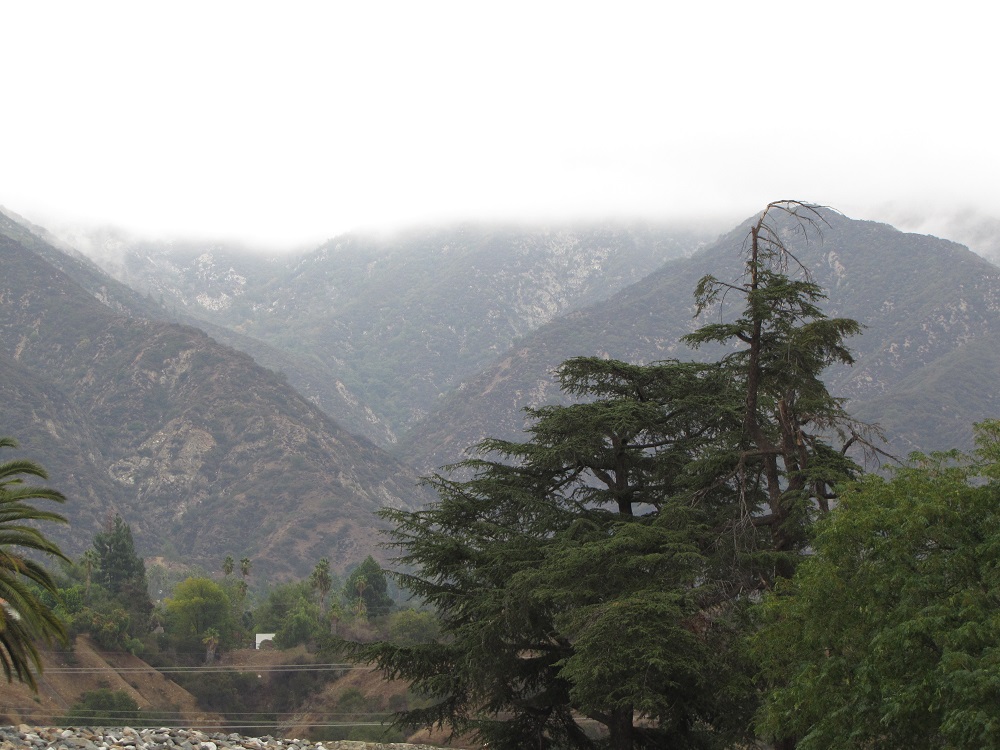
Near a sighting location in Altadena, California, mid-20th century
The second sighting covered here was between about the years 1968 and 1971, near the intersection of Altadena Drive and Allen Avenue in Altadena, California. I spoke with the eyewitness by phone about her encounter when she was a high school student (a good friend of my sister’s at that time).
The flying creature, which she called a “pterodactyl”, was as large as a bus, and at that time there were no mini-buses for either the cities or the schools: Any flying creature the size of a bus in the mid-20th century in Southern California would have been enormous.
I mention those two sightings, out of the hundreds of reports I’ve received, to illustrate a consistency: Apparent gigantic pterosaurs have been reported to fly in North America in both the 20th and 21st centuries, so why should they not have lived in the 19th century?
.
What six soldiers tell us about a large flying creature
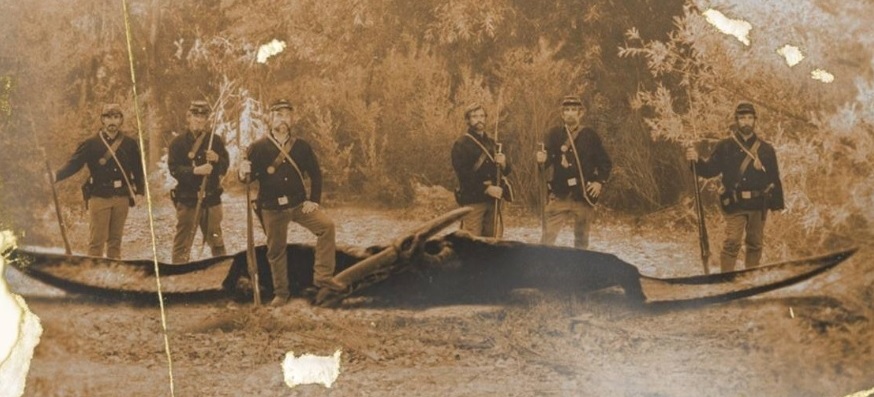 The most relevant part of the Ptp image (click to enlarge it)
The most relevant part of the Ptp image (click to enlarge it)
First, look at the general appearance of those six men. Of course they have individual differences, but look at the similarities.
- They are not, on average, especially thin
- Not one is very heavyset
- Not one is clean-shaven
- Not one appears to be a corporal or sergeant or officer
- Not one has an oval belt buckle
- All six have a pistol holster
Set aside point #1 and see that these are not a group of Civil-War reenactors from the 20th century or 21st century: The combination of point #2 through point #6 proves that.
Was each image of a soldier cut from other photos and then pasted together to make an apparently consistent group of soldiers? Try to find even just two old photos that have soldiers that look like these men. Good luck: They are not from the American Civil War.
NOT from the Civil War
I’ve written much about this in other blog posts, so we’ll only touch on it briefly here. Several factors suggest that these men were photographed together. In fact, they appear to have lived together: perhaps camping, traveling, and eating together for quite some time.
For example (point #1), most common Union soldiers during the Civil War had well-enough food to survive, but they were often thinner than the average of the men in Ptp. It’s not obvious at first glance, but there is a difference.
Two details alone indicate that these men very likely were photographed AFTER the end of the Civil War: rectangular belt buckles and pistol holsters. It’s likely that the photo was recorded during the Reconstruction period, many years before the beginning of the 20th century.
The apparent stay-still prop under the beak of the creature suggests this photo was taken before about 1880. Some photographers at that time used such props to help people remain still during the seconds needed for an exposure.
The apparent flying creature was a physical object
Whether that thing was a flying creature or a prop made to look like one, consider this: Apparently it was dragged into this clearing and then perhaps repositioned. The drag mark could have been made by the beak before the made the final adjustment in pulling out the wings. That could be why the end of the drag mark is not exactly at the point where we now see the end of the beak.
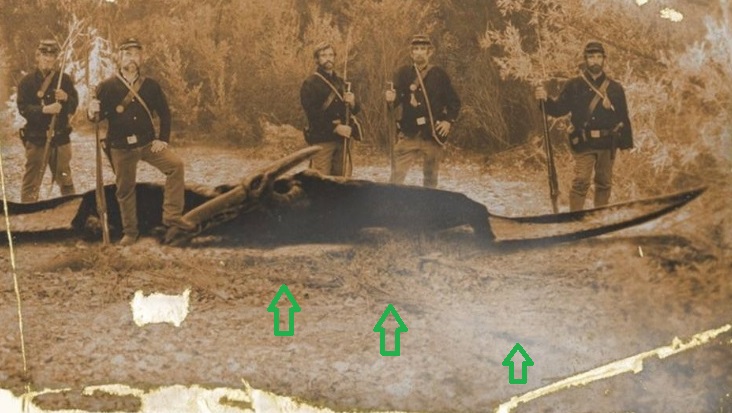
Apparent drag mark in the soil: This was a physical object
Why emphasize the point that it was a real object that the men were standing around. Some skeptics suggest that the apparent “pterodactyl” was just a drawing or a 3D computer animation model. Several factors discredit that hypothesis or theory. (See other blog posts and Youtube videos by Jonathan Whitcomb to get more details.)
.
###
.
Missing Persons in USA – Attack from a Ropen?
The following Youtube video covers three possible “pterodactyl” attacks against children, during the past 80 years . . . The states involved were Arizona, Oklahoma, and Texas [although an attack against men fishing on the Delaware River at night—that is included as well].
.
Pterodactyl photo from the 19th century
Let’s now turn to answers to a few skeptical criticisms of the apparently old photo that I have labeled “Ptp”, what some call the “Civil War pterodactyl photo”.
.
American soldiers and a pterodactyl in a photo
Rectangular belt buckles were not, apparently, worn by common Union soldiers during the American Civil War . . . [Men seen in the Ptp “pterodactyl photo” have rectangular belt buckles: ALL SIX men]
.
Pterodactyl Sighting in Delavan, Illinois
It scared the living daylights out of me because it was the size of our house . . .
.
A modern pterosaur kills chickens and house cats in Nevada
While . . . in the garage, I heard something very heavy land on the tin roof . . . It landed softly, and after the roof rafters creaked, then I heard claws scratch the roof . . .
.
Pterodactyl sighting in Arizona
. . . she was driving her daughter and her friend to a local market when they spotted the unusual creature on August 16 at around 7.30 p.m. . . . “I said ‘look at that bird! What kind of bird is that?’ My daughter said ‘it’s a bat’. I said ‘no, it’s too big to be a bat and it has a tail… it looks like a pterodactyl.’ . . . The woman described the animal as featherless and having a tail “with something on the end of it”.
.
Sightings of pterosaurs . . . 2016
[In] St. Louis Mo. . . . I was ten years old at a family BBQ with my dad…it was before dusk and still enough light in the sky that it was still blue . . . we heard this horrific screech from right above the trees in the surrounding yard. I looked up and saw something AMAZING ! It was a real live Pterosaur!
.
Report your pterodactyl sighting
I encourage people around the world to report their sightings of apparent living pterosaurs to me or to one of my associates. Why tell someone about your sighting? It helps bring the world closer to officially discovering these amazing flying creatures.
.
Most paleontologists will tell you that the Pterosaur (including the Pterodactylus and pteranodon.), a flying reptile of the Mesozoic era, has been extinct for over 60 million years; however, several recent sightings may suggest these large “flying” reptiles are still alive.
.
How did these creatures avoid media attention? Get the answers from years of work by American cryptozoologists. The old “fruit bat” explanation for reports of pterosaurs in Papua New Guinea–that bat idea has now been shot down . . .
.
California Pterosaur in Irvine
The total length of the creature was about 30 feet and about half of that being tail length.
.



2 Replies to “The Ptp “Pterodactyl” Photo in Context”
Comments are closed.